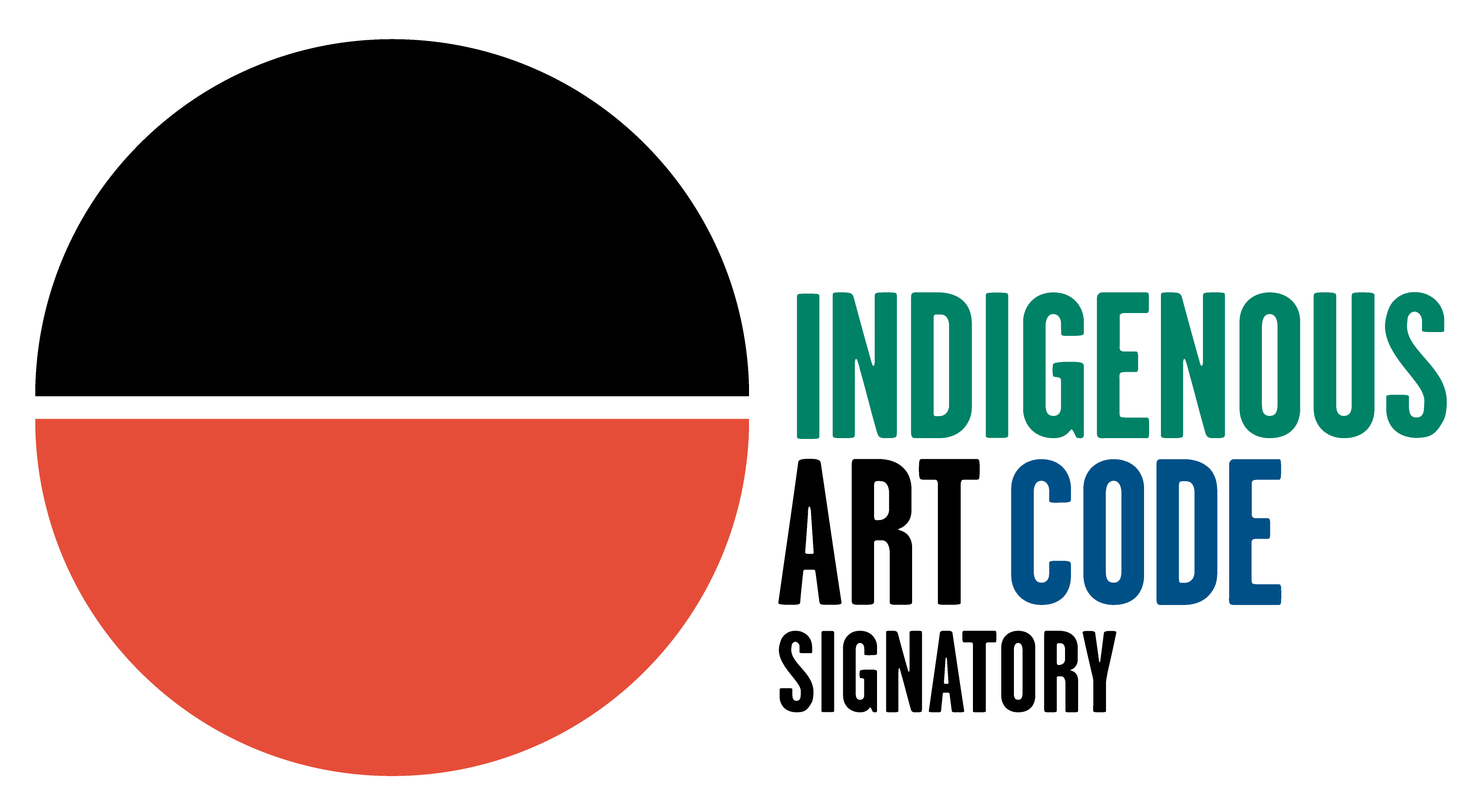Born c.1941, Johns was from Wave Hill, NT, and was the grandson of the famous land rights leader Vincent Lingiari, who led the Wave Hill walk off, which resulted in the Whitlam Government handing over the station to the Gurindji people. Johns became a stockman on the station, and travelled extensively and worked on Argyle, Lissadell, Carlton and Texas Downs Stations in WA and over the border in the Northern Territory. He was a drover and also travelled to Queensland. Johns tells of his time as a Police Tracker at Police Hole in the N.T., noting he preferred to go out alone, as he says he could always get the boys’ confidence and bring them back, but if others were with him, they would run away and make it worse for them. When working at Argyle, Ned was bringing back some bulls and a horse rolled on him. He was taken to Wyndham Hospital. He never commented on this event, but it would have been a very painful trip and the local doctor had him airlifted to Perth. Despite having a steel plate in his leg he returned to riding for many years after the accident.
He lived with his wife Maggie at Emu Creek Community via Kununurra. Due to an accident which rendered him blind in one eye, he could no longer paint the intricate ochre dot art for which he was known. Never one to sit down, he then painted landscape in ochre, with strong imaging and meaningful stories. Ned Johns’ cultural totem was the Sugarbag Dreaming, associated with country near Wave Hill station in the western Northern Territory. Sugarbag is the honey and wax that is gathered from hives of native bees. Generally the hives are located in hollows in trees. When hunting they would set about looking for the bees and once they had located a hive they would cut the tree down and extract the sugarbag from the hollow. Once collected they would then place it in a billy can of water, boil it and drink it, or eat it whole without boiling it. After boiling the wax was soft which made it pliable when used in the production of spears, axes and dress items. Traditionally the honey was crucial as a glucose supplement to a bush tucker diet.
Johns painted this story almost exclusively with a central point and radiating lines. Different colour dots are used to create patterns (mosaics) that represent the honey comb/sugarbag that give the work interesting depth.


